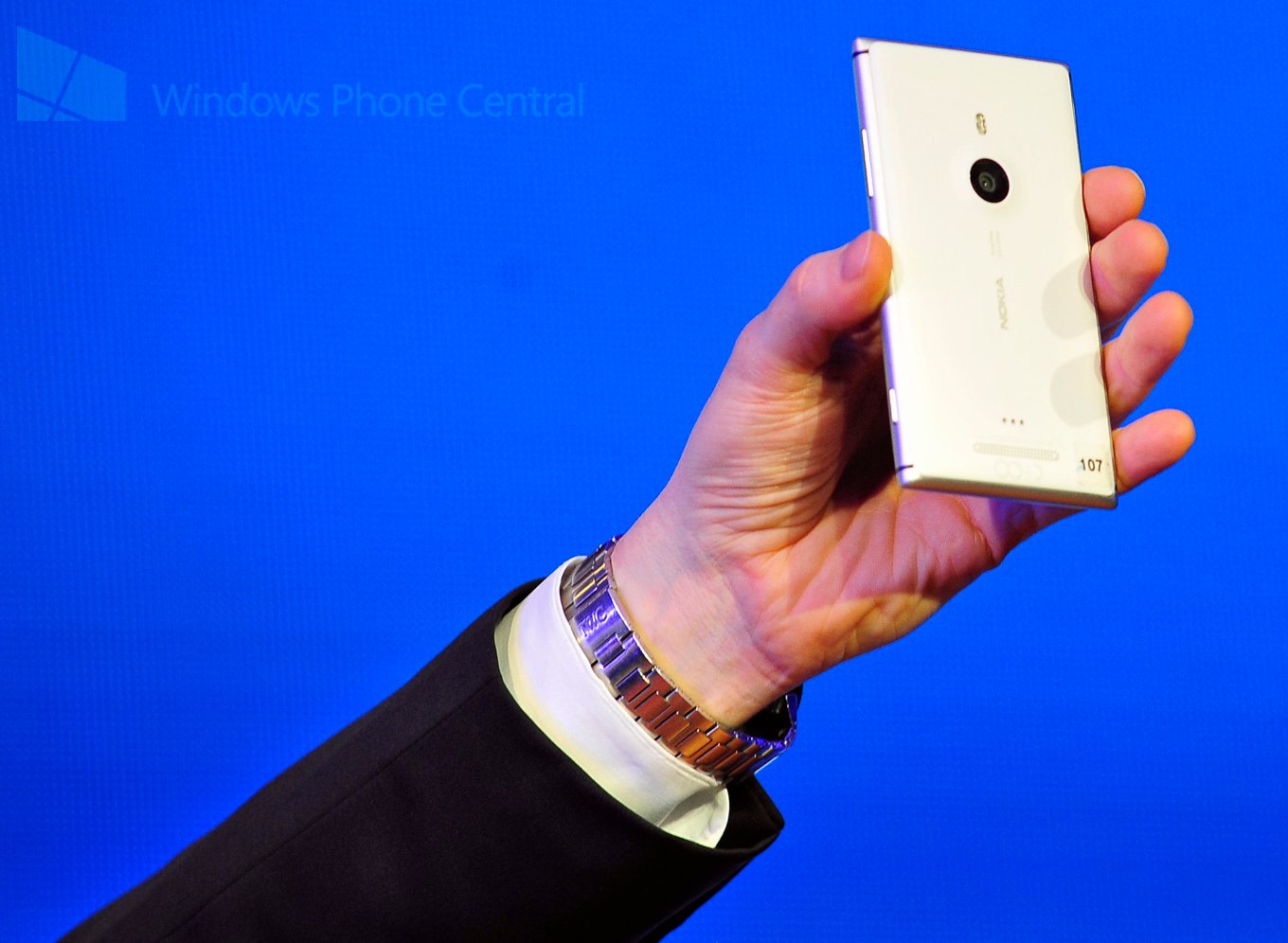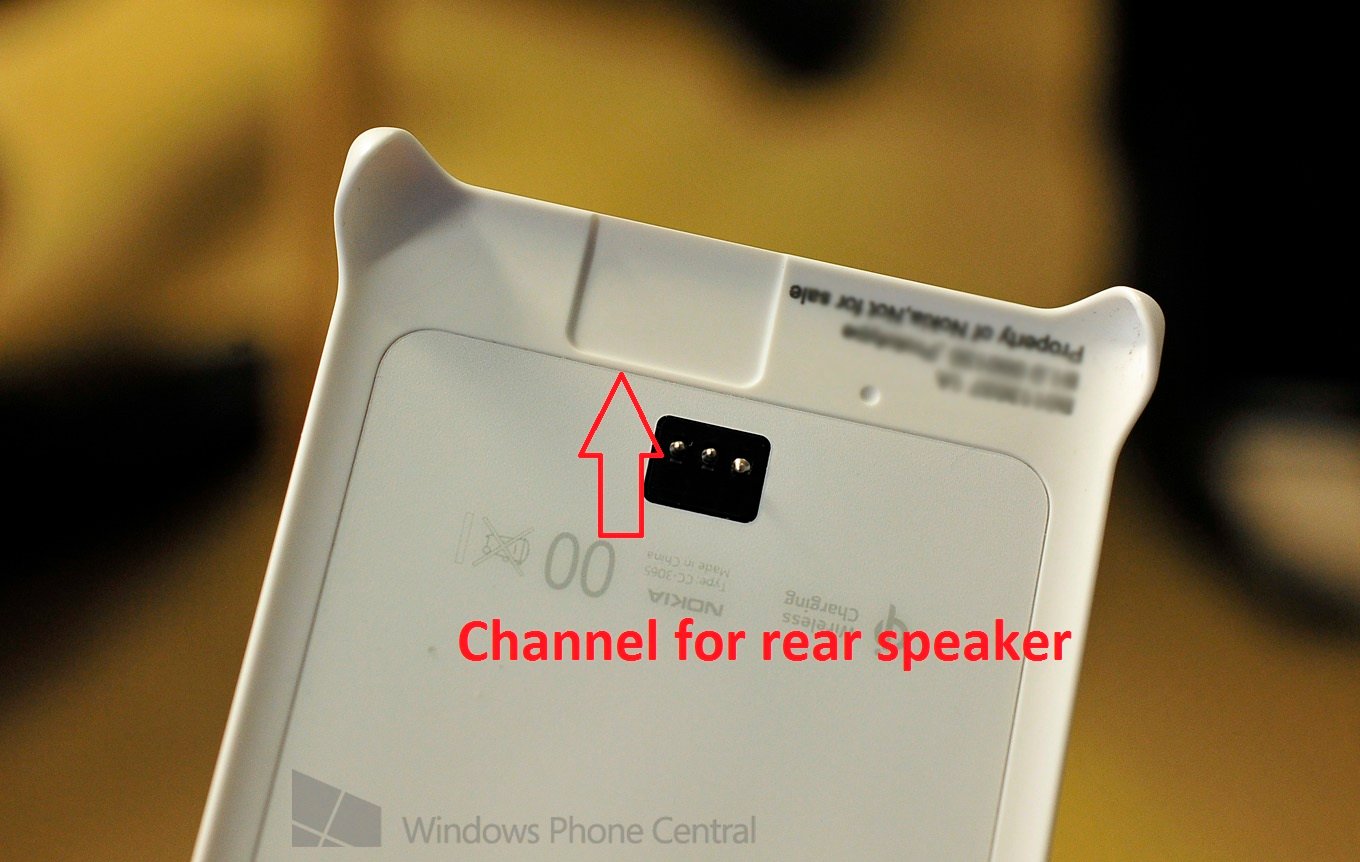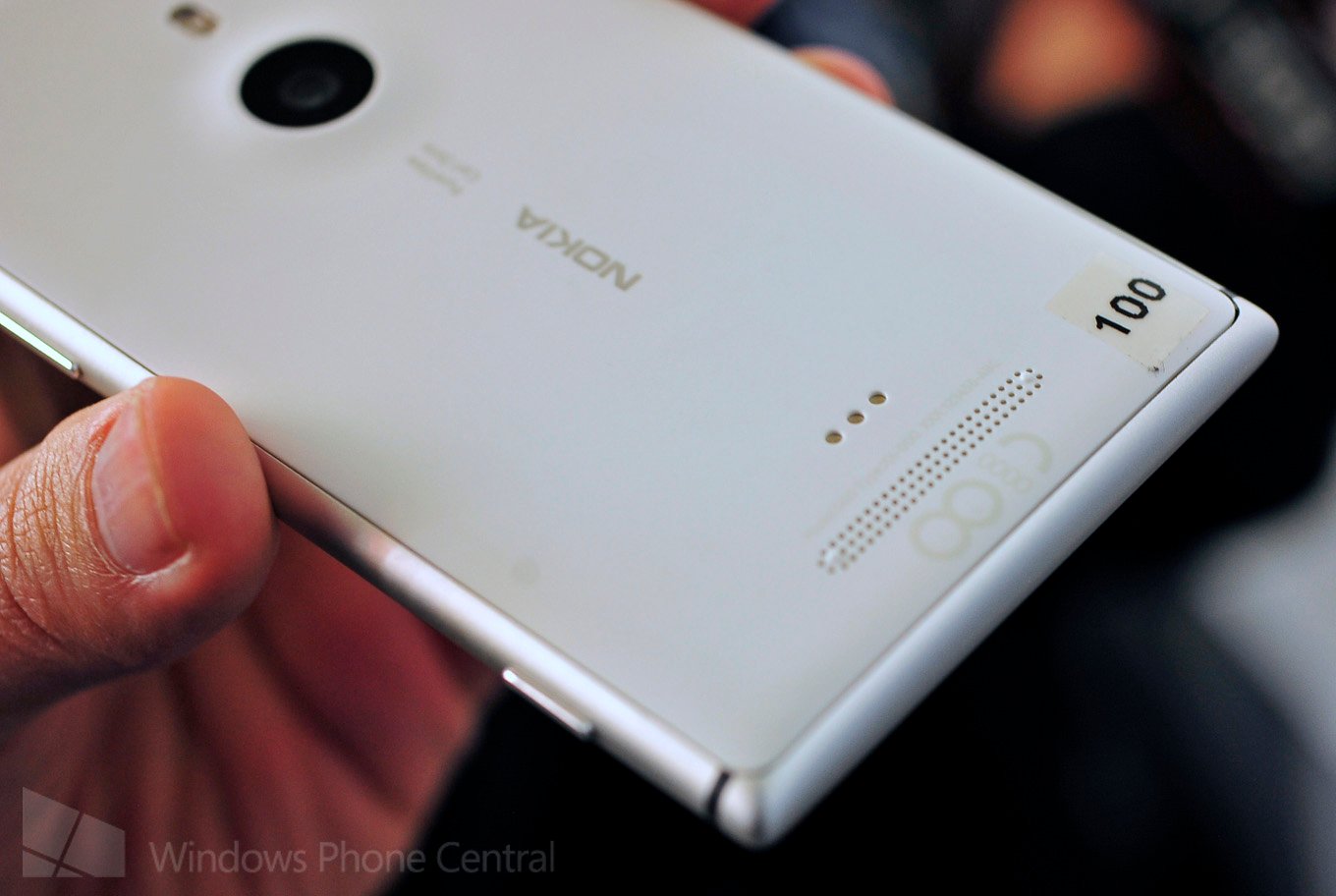Nokia answers some questions about the Lumia 925 design and hardware


With Nokia’s announcement today of the new Lumia 925, many questions have been asked by you regarding design choices, hardware specifications and the future of Nokia’s Lumia efforts.
During the day, we spoke with Kevin Shields (Management Overhead, Nokia) and Stefan Pannenbecker (SVP Product Design, at Nokia) who were kind enough to take some of inquiries about today’s product reveal.
Want some answers to your most asked questions? Then head past the break...
Why no microSD?
One of the most frequent questions we received was why there is no microSD on the Lumia 925? Shields and Pannenbecker both stated that here, device design was the main concern and adding a microSD card, while preferable for usability, both takes away from the flow of the device and adds complications. Some of the difficulties include size restrictions and having to “move things around” to accommodate the additional storage, creating a cascading chain effect, if you will. To be blunter, you only have so much space to work with when making a thinner phone with a large battery and PureView camera.
Another consideration was the sheer difficulty in adding a “slot” for a microSD door. While there is one for the microSIM card, we were told this was no easy feat for Nokia when making the slide out door. Adding a microSD slot would only compound the problem.
If all of this sounds like Nokia putting design ahead of sheer specs, you would be correct. It’s clear that Nokia places a high value on design, flow and the overall appeal of the device as opposed to just shoving as much as they can into the phone. We understand some consumers may recoil at such “form over function” arguments, but then again we’d argue that it is Nokia’s attention to design that has won over many loyal fans.
Why metal, why now?

Nokia choosing to make the Lumia 925 now with aluminum may raise a few eyebrows. First, we should point out that Nokia doesn’t consider this to be “the next 920” but rather, as Kevin Shields says “another expression of it”. While the Lumia 920 came in some bold, bright colors, the Lumia 925 is “less audacious, more subtle, engaging”.
Get the Windows Central Newsletter
All the latest news, reviews, and guides for Windows and Xbox diehards.
Though we really like the Lumia 920, others opined about its size and weight—a somewhat legitimate complaint if you like thin and light devices. The 925 is the answer to that question and while it does remove some things e.g. wireless charging, the tradeoff is a more svelte design that can appeal to a wider base. The 925 is the 920 for those who want a lighter phone; it’s not meant to replace the 920 just appeal to a different user base.
As to why now, Shields notes that with the current technology and ability to design it right was the leading factor the 925 coming at this time. Indeed, when Vodafone’s Patrick Chomet took the stage today he noted he saw design plans for the 925 back in September.
microUSB on top and not the bottom—what’s the deal?
On the Lumia 900 the USB charging port was on top. On the Lumia 920, it moved to the bottom. Now on the 925 it’s back on top—why?
As it turns out, putting the microUSB on the bottom is also another engineering challenge. Nokia worked real hard to get it on the bottom for the 920, but with wireless charging become more popular, they found the preference for having in that position has become less of a priority.
Another consideration: putting the microUSB on the bottom evidently has a negative effect on signal reception, at least that what Nokia is claiming from their tests.
LCD versus AMOLED
Another change with the Lumia 928 and 925 is the use of the non-Pentile AMOLED display. While Nokia will continue to work with LCD where appropriate, the AMOLED display allowed them to get that extra thinness on the 925, something that would not have mattered much on the 920 because it’s size is due to other things (polycarbonate, wireless charging and overall design).
Nokia sees AMOLED as just another tool to use when appropriate. And yes, this is still a PureMotion HD display with the high refresh rate and ClearBlack display.
There are no speaker holes on the wireless charging back cover!?

Indeed, there aren’t. No, Nokia did not forget to add them. Instead, they have created a “channel” within the plastic to help direct the sound out through the bottom of the device. They did this for acoustic reasons and we’ll just have to take their word (for now) that this won’t negatively affect audio performance.
Of course we’ll test this as soon as we get our review unit it, but it sounds like Nokia did not omit anything here. Pun intended.
Other ways to make it thinner?
The Lumia 925 users 2.25D Gorilla Glass whereas the Lumia 920 used 2.5D. The higher the number, the more curved the glass is at the end but also it’s thicker. The 925 has thinner glass on board basically due to it being a smidge less curvy. Combine it with an AMOLED display and you get a 8.5mm thin Windows Phone.
Why does the Lumia 925 have plastic on the back instead of being all aluminum?

Nokia could have made an all-aluminum phone, after all it’s feasible. But there were specific reasons for not doing it that way—some functional, some design choices.
For design, they could have colored the metal, but they felt that it was “too 1980’s looking” and it was decided against. The polycarbonate back, on the other hand, allows some color variation along with a warmer feel where you hold it.
Likewise, NFC would have had some interference with an all metal back and although they could have made just the NFC-area polycarbonate, such a design change creates a different look.
Finally, the colors of white, black and grey were chosen to match the metal. As mentioned earlier, it’s a less audacious design than the Lumia 920’’s “here I am!” yellow. That’s because Nokia here is trying to appeal to a different audience, some of whom want a more subtle phone.
So will Nokia just do metal phones in the future, or…?
No, the Lumia 925 is deigned to look a certain way and make appropriate tradeoffs to appeal to a certain audience. The design team will use materials where they see appropriate, so bold bright polycarb designs will still be used while on occasion, aluminum or other materials may be used to achieve a “different expression” of a phone.
Five lenses versus six
The Lumia 925 has an added sixth lens to help improve daylight performance. From what could discern, this was in response to some criticism of the 920’s somewhat soft daylight performance. In that sense, yes, the Lumia 925 has a better physical camera than the 920 though it remains to be seen how that translates into actual performance (for that, we have device reviews). For now, it’s worthy to note that Nokia appears to be attempting to continue push boundaries (six lenses have not been done before in a phone camera) and listen to feedback from users.
Conclusion
We hope that clears up some questions for you. We realize that some don’t see the 925 as a worthy Lumia 920 upgrade, which is a good thing. It’s not. It’s meant for a different audience and while it makes some sacrifices e.g. some versions only have 16GB of storage (while others have 32GB) or no built-in wireless charging, it does allow the 920 type hardware to appeal to a different audience (or T-Mobile users a shot at some premium hardware).
Will this be the last story of the 9xx series? Of course not. And Nokia was quite blunt about “more to come” this summer for the Lumia hardware and if that sounds like EOS, you’d be right.

Daniel Rubino is the Editor-in-chief of Windows Central. He is also the head reviewer, podcast co-host, and analyst. He has been covering Microsoft since 2007 when this site was called WMExperts (and later Windows Phone Central). His interests include Windows, laptops, next-gen computing, and wearable tech. He has reviewed laptops for over 10 years and is particularly fond of 2-in-1 convertibles, Arm64 processors, new form factors, and thin-and-light PCs. Before all this tech stuff, he worked on a Ph.D. in linguistics, performed polysomnographs in NYC, and was a motion-picture operator for 17 years.
